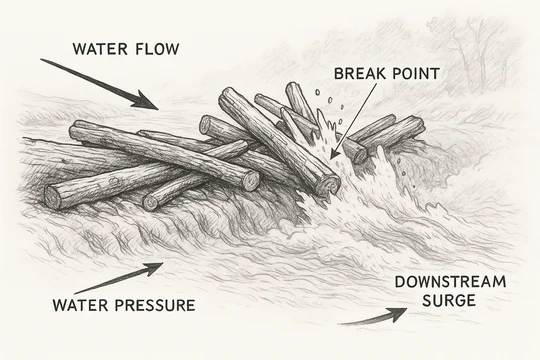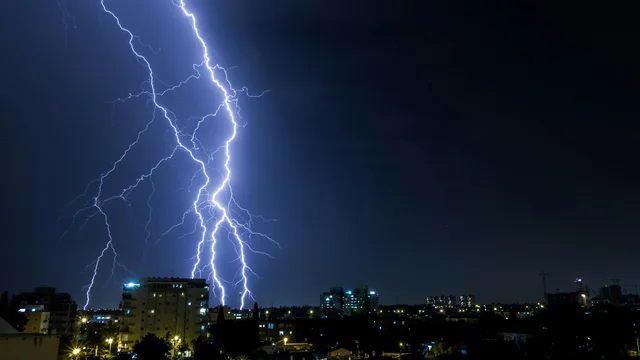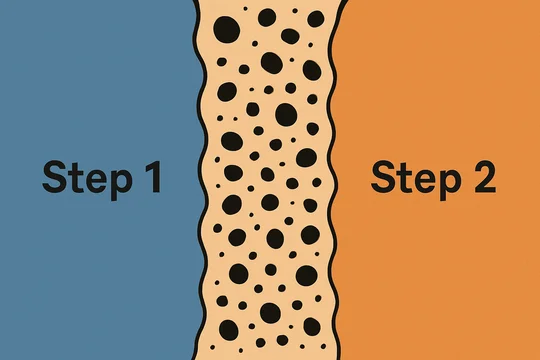
Judge Noreika issued an opinion today denying a § 101 motion on a patent that covers delivering GPS navigation information to a vehicle in a "short burst."
As to Alice step 1, the Court found that the claims were "do it on a computer" claims directed to the abstract idea of sending and receiving navigation data:
[A]t step 1, claim 1 seems focused on using computers to perform a human activity more efficiently.
At step 2, however, the Court found that the patent's bare-bones specification saved it from § 101—it's hard to find that any particular solution was conventional at the § 101 motion-to-dismiss stage when the specification simply does not discuss the prior art or even lay out exactly what problem the invention aimed to solve. As the Court put it:
[T]he patent is silent as to the problems facing the inventors and the purportedly inventive solution, and Plaintiff includes allegations in its complaints that plausibly suggest the short-burst communication was an unconventional way of delivering route guidance data. . . . Thus, at step 2, I cannot conclude that the claim elements or their ordered combination are well known, routine and conventional activities known in the art, thereby failing to confer an inventive concept.
The Way of the Future?
As we start see litigation on patents that were filed and prosecuted after Alice, I imagine more and more of them will treat the term "conventional" as radioactive, and they may well have specifications that are devoid of any context for the invention. After all, isn't that just smart drafting—why walk into § 101 issues when you don't have to?
I think that's unfortunate, because when a patent specification provides a clear explanation of the problem that the inventor was trying to solve, and the solution, it is much easier to understand the patent and to construe the claims as the inventor intended. Plus it's just more fun to read.
Additional Observations About This Opinion
A few short thoughts:
- The two defendants apparently briefed the motion separately, and offered differing views as to the abstract idea before unifying their arguments at oral argument. The Court's final articulation of the abstract idea was different than either of the parties'.
- Judge Noreika makes clear that she will not consider expert declarations in the context of 12(b)(6) § 101 motions:
First, as to the “evidence” Plaintiff relies on, I am not considering Plaintiff’s expert declaration in reaching my decision today. Although much of the language in the complaint is largely the same, if not verbatim, as that in the expert declaration, the expert declaration was not incorporated into the complaint and considering it would require converting Defendants’ motions into motions for summary judgment[,] which I decline to do.
- The patent owner escaped an ineligibility finding for now, but the subject matter sounds awfully abstract. I can't imagine the patentee is excited to face summary judgment or trial on this issue, especially true in light of Chargepoint (where the Federal Circuit found a fairly similar idea ineligible).
- The representative claim, at least, specifically requires that the network communications take place in a "short burst." If the specification is as bare-boned as the Court says, I wonder if there will be § 112 issues with that phrase. And, even if not, I do not envy the battle-of-the-experts that will likely ensue over whether any one of various common packetized network communications qualifies as a "short burst."
- Judge Noreika rejected the idea that a plaintiff's complaint must include citations to the patent specification when it alleges that particular limitations are not conventional—and she gave some weight to the plaintiff’s statements in the complaint, even if they were conclusory:
I do not agree that Plaintiff’s pleading must point to portions of the specification that support its contention that certain limitations are not well understood, routine or conventional. At the motion to dismiss stage, [Federal Circuit precedent] requires me to resolve plausibly alleged factual issues in favor of the patentee at step 2. This means that if Plaintiff includes in its complaint plausible factual allegations that support the conclusion that the claim elements or their ordered combination were not well-understood, routine or conventional and there is nothing in the record that I can properly consider on a motion to dismiss that contradicts those allegations, then those factual issues must be decided in favor of Plaintiff.
If you enjoyed this post, consider subscribing to receive free e-mail updates about new posts.





